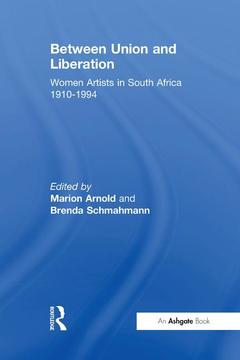Description
Between Union and Liberation
Women Artists in South Africa 1910-1994
Coordinators: Arnold Marion, Schmahmann Brenda
Language: English
Keywords
Johannesburg Art Gallery; Plaster Of Paris; johannesburg; Goodman Gallery; art; Ndzundza Ndebele; gallery; Voortrekker Monument; south; Johannesburg Town Council; african; Van Der Watt; Jillian Carman; South African Artists; Brenda Danilowitz; Penny Siopis; Liese Van Der Watt; Afrikaner Women; Nessa Leibhammer; Rorke’s Drift; Wilma Cruise; Embroidery Projects; Brenda Schmahmann; Hugh Lane; Jacqueline Nolte; Young Men; Century South African Visual Culture; Ndebele Woman; Beer Pot; Natal Flood Disaster; Seventeenth Century Dutch Paintings; Otto Beit; Johannesburg Art; Julius Wernher; Afrikaner Motherhood; Afrikaner Volk; Animal Kingdom
· 15.6x23.4 cm · Paperback
Description
/li>Contents
/li>Biography
/li>




